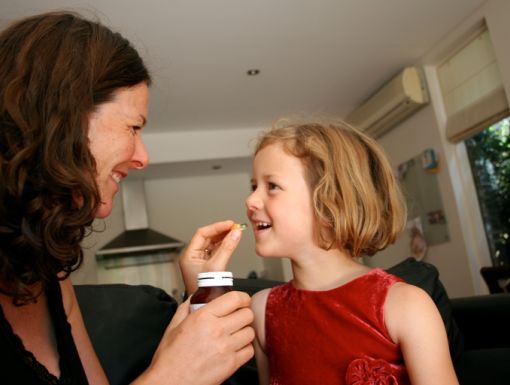
Tips and Tricks When Dealing With Head Lice
Uh, oh. You received that letter home from school: Head Lice Outbreak. Then you notice your child scratching his or her head. Panic and fear rush through you to contain the bugs, clean your home and stop the madness.
Myth or Fact? Lice Only Comes from Poor Hygiene
Even though many people believe it has to do with poor hygiene or an unclean environment, it actually doesn’t matter how clean your hair or home may be. Through the years, the concept of how head lice are spread has been skewed. Close, head-to-head contact is the primary way of spreading head lice.
Preventing Head Lice in the Future- Tips from Parents!
Every parent has heard tips and tricks to help prevent lice from invading your home. None of these are a guarantee, but they have helped other parents and children in the past.
- Add hair product to your child’s hair daily- a little mousse, hair gel, dry shampoo or hairspray goes a long way.
- If your child has long hair, keep your child’s hair up using hair ties or other appropriate hair accessories.
- Don’t wash your child’s hair daily.
- Keep your child’s nap mats, jackets, clothing, pillows, stuffed animals clean by washing in hot water to prevent transmission between children’s belongings.
Checking for Head Lice
According to healthychildren.org, sitting your child in a brightly lit room and parting the hair to look at the scalp for crawling lice and nits is the best way to check for head lice. Nits will look like small white or yellow-brown specks and be firmly attached to the hair near the scalp. The easiest place to find them is at the hairline at the back of the neck or behind the ears. Nits can be confused with many other things, such as dandruff, dirt particles or hair spray droplets. The way to tell the difference is that nits are attached while dandruff, dirt or other particles are not.
Treating Head Lice
Check with your pediatrician on which medicine is best. There are many creams, lotions and shampoos that treat head lice, with some being over-the-counter and some prescription. Some examples include permethrin cream, spinosad topical suspension and malathion lotion.
After experiencing a case of head lice in your home, be sure to wash clothes, towels, hats and bed linens in hot water. Remember that head lice are not a serious disease or illness and does not cause any serious health problems. But quick treatment can help prevent spreading and a repeat of head lice in the near future.
Recently, a new study has found that some lice are developing a resistance to over-the-counter and regular home remedies. As CBS News stated, researchers from Southern Illinois University found that “104 out of the 109 lice populations they tested had high levels of gene mutations, which have been linked to resistance to pyrethroids.” The American Academy of Pediatrics advises that in this case parents should involve their pediatrician and use a prescription medication.
Be sure to check with your child’s school on their head lice and nit policy. Some schools have a no-nit policy, but pediatricians are encouraged to educate parents, schools and communities on a different method of handling the infestations.
Some cities may also have lice removal services available in your area if you want the help of a professional in your home.
Sources:
http://www.cbsnews.com/news/head-lice-resistant-to-pyrethroid-common-treatment/



